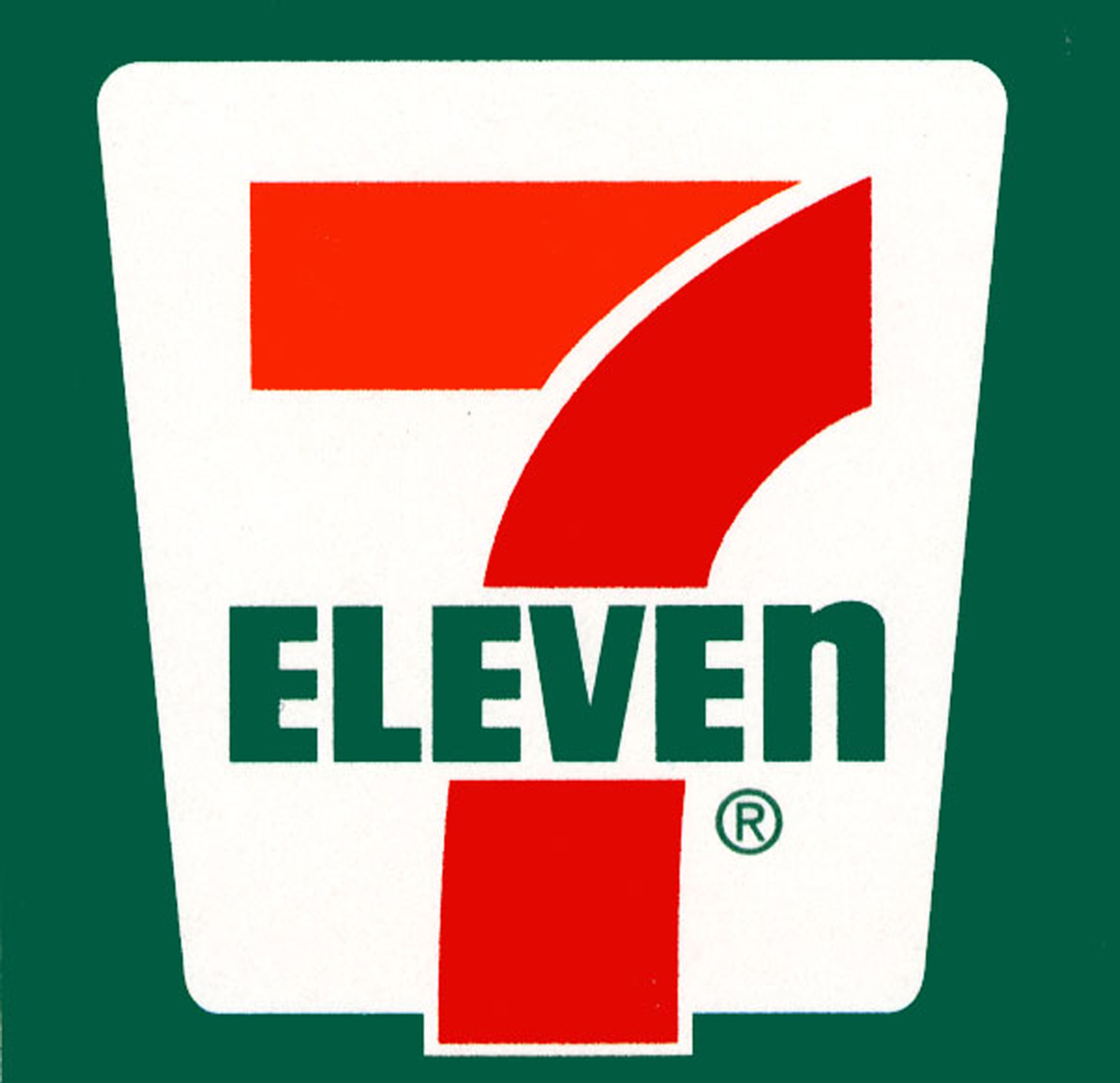Winning The Always-On, Increasingly Unpredictable Consumer

Imagine that Arby’s missed their chance to tweet Pharrell Williams for stealing their hat during the Grammys in 2014. Let’s just say Arby’s would’ve lost out on major audience engagement: more than 75,000 retweets by the following morning; loads of valuable press in MediaPost, The Wall Street Journal, USA Today, Adweek, Ad Age and others; and most importantly, the reverent social praises (with a hint of envy) by brand comrades at Pepsi and Hyundai who presented Arby’s with the award of “Best ‘I wish our logo was a hat so we could’ve tweeted it’ Tweet”.
In a world where information is everywhere and 26% of the new buying force (a.k.a. millennials) report they are likely to “buy whatever brand they feel like at the time,” marketing strategies must be ubiquitous. Anything short of consistent, real-time, and relevant engagement at every and any moment in time leaves wide open gaps for competitors to swoop in.
So, as consumers continue to discover new methods of consumption, how can CMOs and their teams stage relevant consumer experiences across devices and platforms at any given moment?
Look to Domino’s for focus, and nail it
An analyst at JP Morgan described the “new” Domino’s as “a technology company disguised as a marketing company disguised as a pizza company” — a result of one of their recent digital initiatives. In 2011, Domino’s was set on dramatically increasing digital sales within a four-year time period. By intensely focusing on mobile initiatives toward furthering that goal, the pizza maker exceeded its goal of digital orders, reaching over 50% of digital sales by 2015.
Today, however, the majority of marketing analytics dashboards look like NASA mission control center screens, cramming everything from return on ad spend (ROAS) and the number of leads to conversion rates across the funnel. While each of these discrete data points can be valuable, it’s crucial to hone in on the single, overarching goal that connects every marketing channel, nurturing program, and advertising campaign. Just look at Domino’s and their “recent years of dominant outperformance” — crystal clarity in business-focused goals are the key to decisive and impactful marketing decisions.
Take a cue from 7-Eleven, and put the customer first
When retails giants are closing stores right and left, how is it possible that 7-Eleven opened its 60,000th store worldwide just last August? According to VP of business development Chris Harkness, it’s all about “producing what [customers] want, when and where they want it.” So, while 7-Eleven does not have an online store, its digital presence is tough to beat, whether across their social media responsible for the foot traffic-driving “Sour Patch Slurpee Selfie Challenge”and the “Bring Your Own Cup Day” promotion, or their loyalty-producing 7Rewards mobile app, offering Dollar Day promotions and Free Coffee Week.
Ultimately, as Laura Gordon, VP of marketing and brand innovation of 7-Eleven, puts it, with the on-demand nature of consumers today, “marketing to moments becomes even more important than marketing specific products or to specific demographics” — hence the success of Arby’s tweet to Pharrell. Every one of those micro moments, whether they occur on Twitter, on Domino’s mobile app, or inside a 7-Eleven store, represent a point of engagement with your audience.
By focusing your marketing strategy and innovation decisions on your consumers-first at every moment and touchpoint, marketers can eliminate any fears of becoming irrelevant and sleep well through the night, all while boosting that key bottom-line metric they’ve identified for their businesses.






